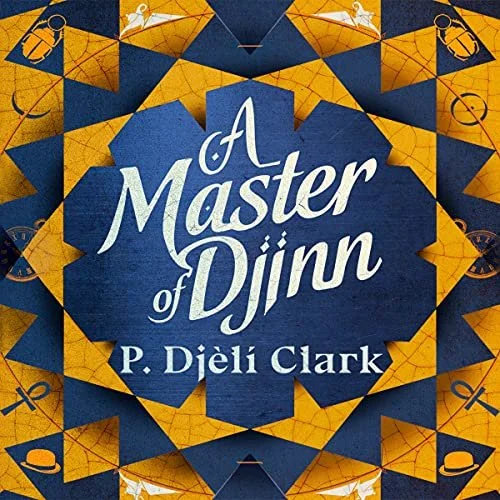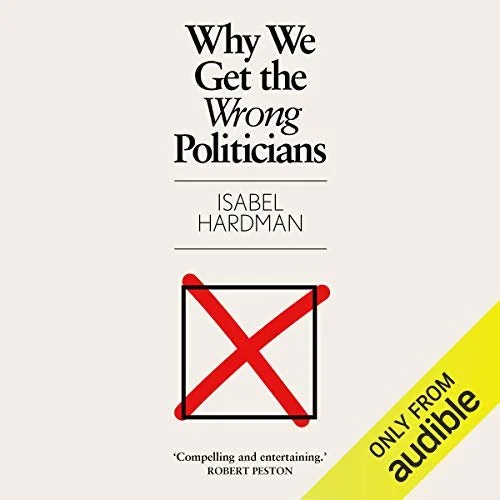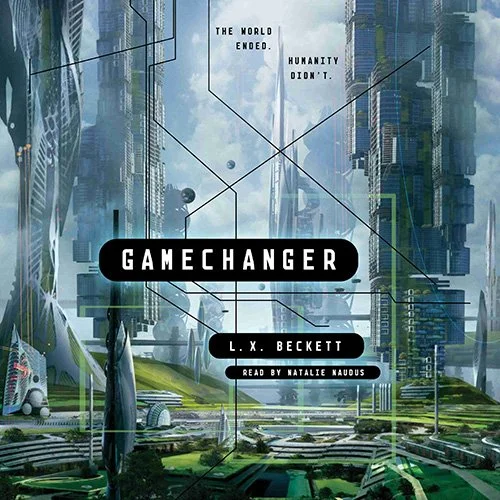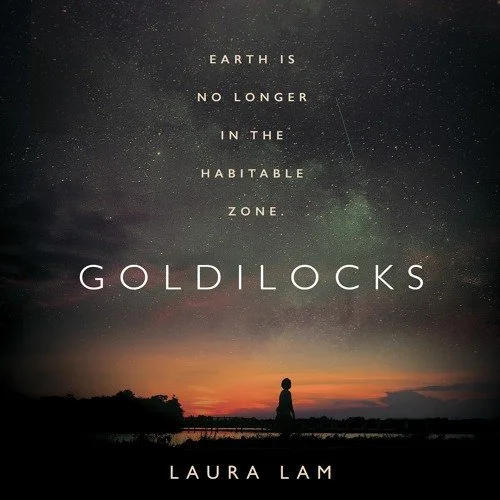What The Master of Djinn can teach us about Gandhi and the end of colonialism
The Master of Djinn by P. Djèlí Clark is set in Cairo in the Edwardian period, but this isn’t Edwardian Cairo from our world. In this world, Egypt is not a colony of the British Empire, but instead a global political power and the centre of the world’s most powerful trade network.
In the novel, Egypt’s embraced the magical power of the djinn and steampunk technology to throw off the shackles of colonialism and lead a new global political order where the former colonies, from West Africa to India, now lead over their former European colonisers.
This book sets out a different path through history that we didn’t take. It’s not just a version of our history featuring amazing creatures, such as djinn with all sorts of mind-bending and frightening powers, clockwork angels and other fantastic beings. It’s also a world where many countries weren’t subject to colonisation. It’s a world where the geo-politics of the 20th century took an entirely different course.
Egypt free from colonialism
In this world, Egypt and other British colonies, such as India and places in Africa, embraced the arrival in this plane of magical beings that bore a resemblance to creatures from their indigenous culture, from djinn to goblins. At the same time, Western European powers didn’t embrace this new power as it contradicted their Enlightenment worldview. Now, Indians have taken back control of India from the British, the Empire is collapsing, and Egypt is expanding its power to fill the vacuum. This is a different world.
A crucial difference, in this book, is that Egypt doesn’t attempt to create colonies itself now that it’s the dominant player on the world stage. Egypt becomes politically influential and wealthy through its dominance of trade, but it doesn’t seek to rule people outside its borders.
Egypt has built a modern state like the template laid out in America and Western Europe during the 19th century. This consists of things we take for granted as parts of a modern state, such as police forces, elected representatives working in legislators, liberal democracy and an army that doesn't enforce civilian laws. In the book, Egypt appears like British society in the Edwardian period, as that was the model for a wealthy, dominant power at the time. The people of Egypt, in this book, threw off Britain to build a state like the British.
From Gandhi to Hobbes
This isn’t too different to what happened to India in our world in the late 1940s. An Indian independence movement threw off British control and proceeded to build an independent Indian state that looked and behaved very similar to the British state. This is quite different to what one of the leaders of the Indian independence movement, Mahatma Gandhi, wanted.
In his book, Hind Swaraj, Gandhi described an independent state of India that would be very different from western European states. The best and most accurate description of the modern state still comes from Thomas Hobbes, who in 1651 described a state where people are voluntarily led by a Sovereign who can use the power of the state to protect citizens from the violence of people in their natural state.
This is different from older ideas of the state where the leader is appointed by God, or rules purely through direct power and fear. Hobbes's vision has been added to or expanded on over the years, but it remains the foundation to how we understand the modern state. (For more information on Hobbes’s ideas you can read my article that digs into his philosophy in more detail.)
What Gandhi wanted and what he got
Gandhi wanted an independent India to have a different state to those in Europe and North America, the type that Hobbes had described. A state based on direct relationships between individuals and not one with representation or a powerful Sovereign pulling citizens into line using the power of the state. What Gandhi imagined was a state that was different to anything that had existed before and was certainly one Hobbes would have recognised.
What India got was more of the same. The independent Indian state that was built resembles and functions like a Hobbesian state, not like what Gandhi described in Hind Swaraj. India could have had something different, so could the Egypt shown in The Master of Djinn, but the model of the Hobbesian state remains inescapable.
The fall of colonialism in our world
What was created by magical forces in The Master of Djinn, came about in our world through political action. The British Empire did collapse. Both India and Egypt got their independence and they built their own Hobbesian states. The USA’s rise to a position of global dominance partly led to the collapse of the British Empire. A change in the global political consensus that made colonialism less popular, and the rise of independence movements were also crucial factors.
The slow collapse of British power in the Middle East and how Britain's influence was undermined first by rivalry with France and then later by competition with the USA, is detailed in James Barr’s histories of the period: A Line in the Sand and Lords of the Desert. If you want to learn about how colonialism ended in the Middle East and how Egypt got its independence in our world, then I would recommend reading these books.
Imagining ourselves free
The Master of Djinn shows a society where colonialism was thrown off in the 19th century and describes a very different 20th century where Egypt leads the world. However in the book, Egypt still has a Hobbesian state as European powers had then and still do now. The writer has imagined a very different Egypt, but this crucial foundation that came from European politics remains.
The failure to think differently about what form the state could take is true across fictional independent countries and real independent countries. We can imagine ourselves free from colonialism, via either magic or political action, but not free of the Hobbesian state as Gandhi imagined we could be.




